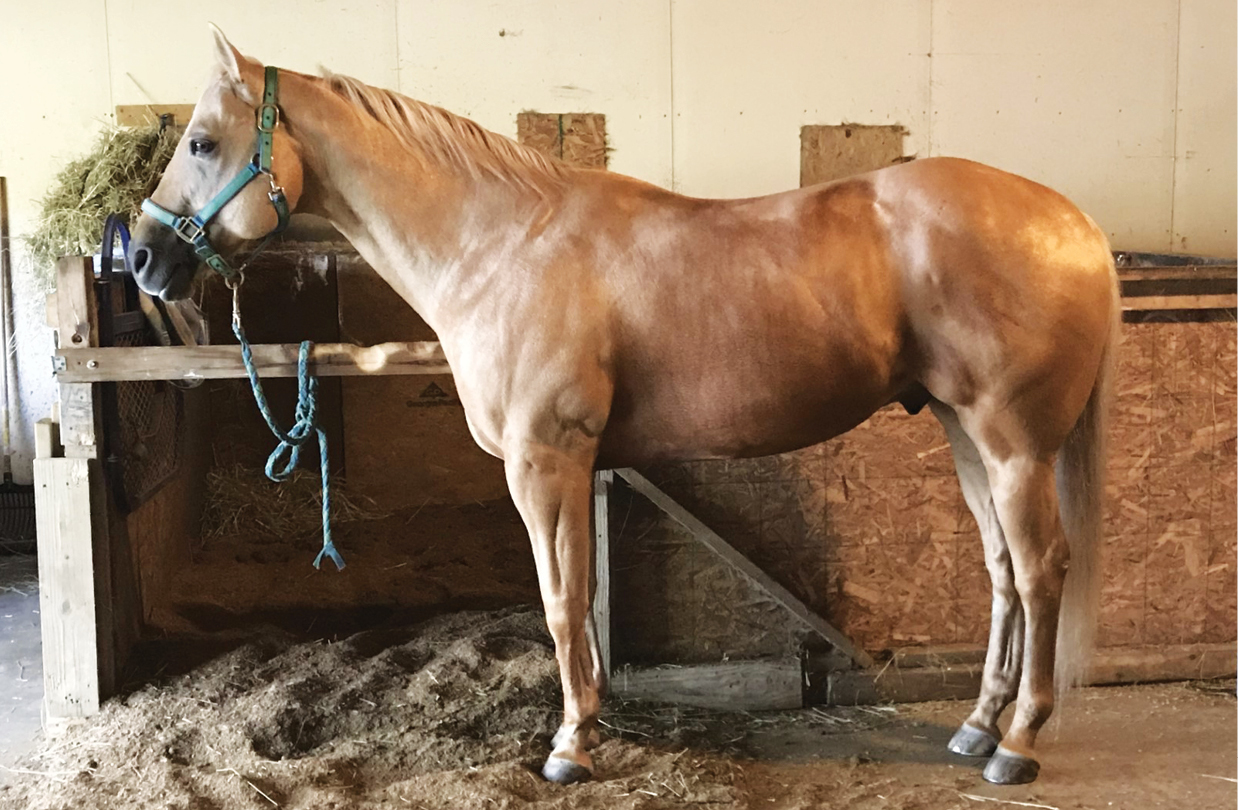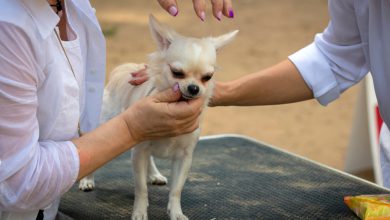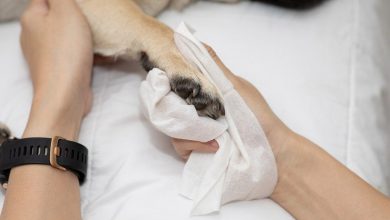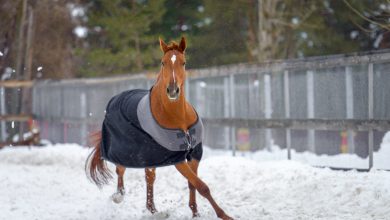Conformation Clinic: Performance Geldings – Horse and Rider

Evaluate and place these performance geldings. Then see how your choices compare to our expert judge’s.
Judging conformation in classes such as this class of geldings is based on the categories of balance, structural correctness, breed and sex characteristics, and muscle, in that order of priority. In assessing balance, I look for whether the horse is divisible into thirds with his shoulder, midsection, and hindquarters being of equal lengths. The structural correctness category is based on bone structure, and this can also affect balance. For example, an upright shoulder is often seen with a long middle section when dividing the horse into thirds.
For breed and sex characteristics, I’m looking for a horse that’s a good representative of his breed and sex. He should have appropriate muscling, blended smoothly, to have the power to perform, but should not be over- muscled. Overall, good conformation can help a horse be a better performer, potentially stay sound, and provide a smoother experience for his rider.



Now, try your hand at ranking these geldings in order from 1st to 3rd place! Then, check your answers below.
Ready to find out how you did? Find the judge’s placings below, and learn how a judge decodes conformation to determine placings!
First Place | Gelding A
This gelding is my top pick in this class based on overall balance. His body divides nicely into thirds, with his shoulder, midsection, and hindquarters similar in length. His depth of body from top to bottom is good, as well. He’s also smooth, level, and strong across his topline with a well-angled croup.
Though his head is average and his throatlatch could be more refined, his neck is good, with length in proportion to his balance, and smoothly tying in along his topline. He has the best shoulder in the class, and his shoulder angle matches his croup angle, which contributes to the look of best balance
in the class.
His front legs appear appropriately straight along a line drawn through his forearm, knee and cannon bone, though he’s standing under himself to a minor degree. In front, his forearm is of adequate length with knees set appropriately, but in the hind end, his hocks are set higher than his knees and he appears to be sickle-hocked. Overall, he looks to be an athletic performer with appropriate balance.
Second Place | Gelding C
This is a nice-looking gelding with some good components, but he lacks the overall balance of Gelding A. When divided into thirds, his midsection is longer than his shoulder and hindquarters. That makes him longer across his topline overall and across his back and barrel. By comparison, his croup looks shorter, though it’s angled well.
His head features a nice, soft eye, alert ears, and clean jowl. His shoulder is steeper than Gelding A’s, which correlates to his long middle section, and is weaker behind the withers. His depth of heartgirth is appropriate. His hip angle is appropriate and appears to have good muscle across his croup.
His offside front leg gives the image that he’s over at the knee, but focusing on the near leg, he’s more straight. However, if a line is drawn through his forearm, knee, and cannon bone, it falls behind his heel. To best absorb concussion, it should come down through his heel. In the hind end, this gelding appears to stand sickle-hocked, with the angle of the hock joint decreased, and he stands under himself from the hock down.
Third Place | Gelding B
This well-turned-out gelding places third as the other two animals have better combinations of balance and structural correctness. When divided into three parts, he has a long middle section, similar to Gelding C. Also, like Gelding C, his topline is long but he’s weaker behind the withers and through the loin than the other two horses.
He has the most refined head in the class with a clean throatlatch. His neck is longer and narrower. His shoulder is also steep, but I acknowledge he has better muscling through his shoulder than Gelding C. His underline appears quite tucked up, and his hindquarters aren’t as square, substantial, and powerful as desired.
He is noticeably standing far under himself in his front legs. Therefore, his line of concussion doesn’t go through the forearm to the bulb of the hoof as it should. His near hind leg is also standing far underneath him, with the cannon bone missing the plumb line from the point of buttocks. His offside hind leg appears to be set a bit behind himself, but it’s difficult to fully assess with his tail obscuring it.
[Learn: How to Take a Good Conformation Clinic Photo]Based in McMinnville, Tennessee, Alyssa Logan is a professor in the horse science department at Middle Tennessee State University. She coaches the school’s horse judging team within the National Horse Judging Team Coaches Association, and guided them to a top three placing at this year’s NRHA contest. Logan has been judging for about 12 years, and now holds an NRHA card and an AQHA Level 1 card.
To submit a photo of your horse to be evaluated in Conformation Clinic, send us a left-side profile photo of your horse (for digital photos: high-resolution, 300 dpi, in at least 3″ x 5″) to HorseandRider@equinenetwork.com with your contact info and your horse’s breed, age, gender, and height. (We welcome all breeds!)



